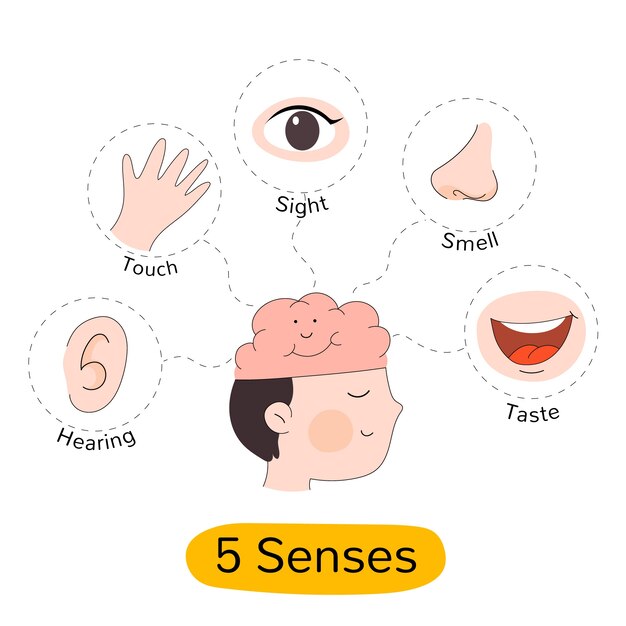Senses are the tools that allow us to interact with our environment and gather information about the world around us. There are five main senses: sight, hearing, touch, smell, and taste. Each sense is mediated by a different sense organ: the eyes for sight, the ears for hearing, the skin for touch, the nose for smell, and the tongue for taste.
The senses provide information that we use to navigate our environment and make decisions. For example, when we see a dangerous situation ahead of us, we can choose to avoid it. When we hear a noise in the night, we can decide whether or not to investigate it. When we feel something touch our skin, we can determine if it is harmful or not. When we smell something foul, we can choose to move away from it. And when we taste something that is unpleasant, we can spit it out.
The senses also allow us to enjoy our environment. The sights and smells of nature can be pleasing to us; the sounds of music can be enjoyable; the textures of fabrics can be pleasant to touch; and certain tastes can be quite pleasurable (think chocolate!).
The ability to sense our environment is essential for survival. However, each individual’s senses are unique – some people have sharper vision than others; some have keener hearing; some have more sensitive skin; some have a better sense of smell; and so on. This means that each person experiences the world differently from everyone else – what one person finds pleasurable might be repulsive to another person (think again of chocolate!). This diversity is what makes life interesting!


